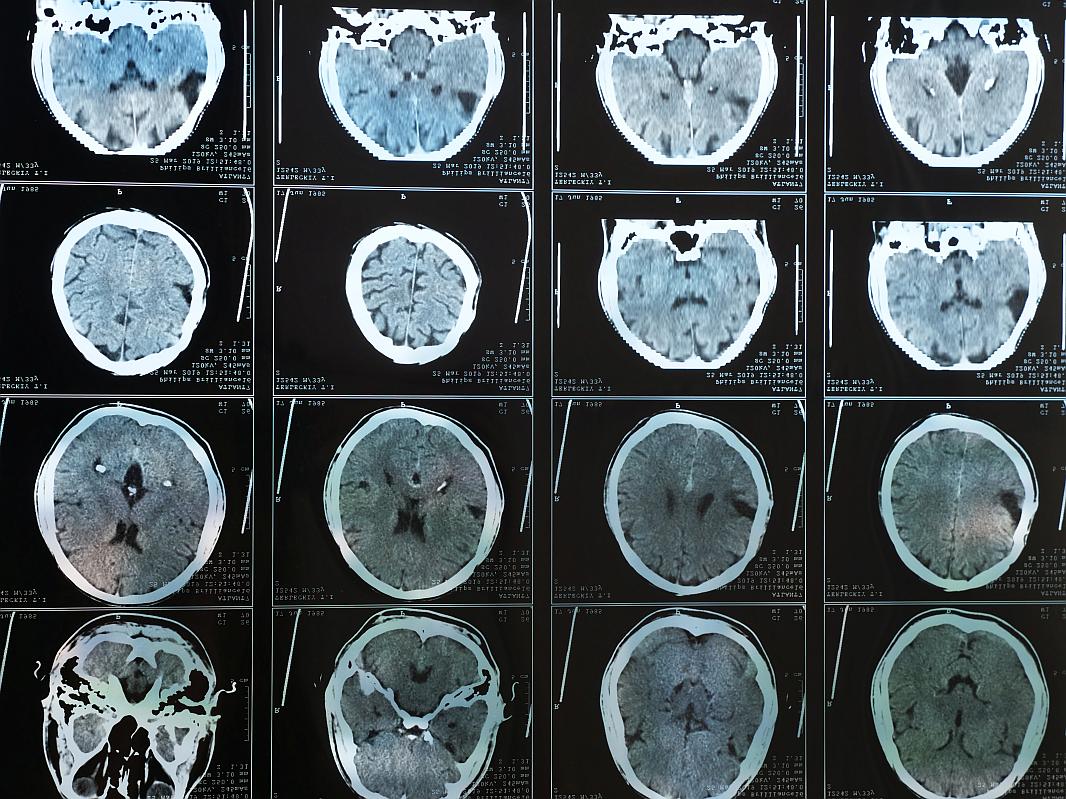Spinal cord injury (SCI) refers to the damage caused to the spinal cord due to direct trauma or indirect harm to the surrounding bones, soft tissues, and blood vessels. In the United States, there are approximately 17,500 new cases of traumatic spinal cord injuries each year, with vehicular accidents accounting for 39.3% of them, followed by falls, violence, and sports/recreational activities. The first year after the injury poses the highest risk of mortality compared to subsequent years.
Spinal cord damage can lead to loss of mobility and sensation. It’s important to note that most spinal cord injuries do not involve complete severance of the spinal cord. A back injury, which can result from pinched nerves or ruptured discs, should not be confused with spinal cord injury. Breaking vertebrae does not necessarily mean spinal cord injury unless the spinal cord itself is affected. Currently, the average age at the time of injury is 42 years old, and males make up 81% of new SCI cases.
Experiencing a spinal cord injury can have a profound impact on every aspect of your life. You may feel the effects mentally, emotionally, and socially. Anyone who has suffered significant trauma to the head or neck should seek immediate medical evaluation to assess the possibility of spinal injuries.
Signs and Symptoms of SCI
Spinal cord injuries can manifest in various signs and symptoms, including:
Emergency Signs and Symptoms
In case of an accident, emergency signs and symptoms indicating a spinal cord injury may include:
Spinal cord trauma is not limited to a single event. Initial blunt force damages or kills spinal nerve cells, and subsequent hours and days after the injury introduce secondary events, such as oxygen deprivation and the release of toxic chemicals at the injury site, causing further damage to the spinal cord. Seeking immediate medical attention is crucial to prevent additional damage and initiate a proper recovery plan with trained medical professionals.
As the number of people living with paralysis increases and they age with the injury, the associated costs of their treatment also rise. Paralysis alone costs the healthcare system billions of dollars annually. The annual cost of spinal cord injuries amounts to approximately $40.5 billion, a significant increase of 317% from the estimated costs in 1998 ($9.7 billion).
Individuals living with paralysis and spinal cord injuries often struggle to afford health insurance that adequately covers the complex secondary or chronic conditions commonly associated with paralysis.
Medical expenses for spinal cord injuries often exceed a million dollars. The exact costs vary based on the severity of the injuries and the required medical services.
Some common sources of expenses include:
One year after the injury, only 11.7% of people with spinal cord injuries are employed. This figure increases to 35.2% at 20 years post-injury. The loss of earning potential is a significant expense for SCI survivors. Even if individuals can return to work, they often need time off to recover, resulting in substantial income loss unless their employers continue to pay during the recovery period.
The long-term costs of spinal cord injuries may not be immediately apparent when the focus is on survival. Additional expenses that could be incurred include:
Seeking Legal Assistance for Spinal Cord Injury Cases
Facing a life with spinal cord injury (SCI), or witnessing a loved one go through it, can be an uncertain and challenging time. It’s crucial to remember that every spinal cord injury lawsuit is unique, and the circumstances surrounding each case will differ. Factors such as the extent of your pain and suffering, the other party’s ability to cover damages, lost wages and earning potential, medical expenses, and court costs will be considered by your lawyer on a case-by-case basis.
Contact ACTS LAW, LLP Today for Exceptional Legal Service
At ACTS LAW, LLP, our catastrophic injury lawyers in Los Angeles advocate for injured victims in and around the Encino, California area. We handle each case with care and sensitivity. With offices in Los Angeles and San Diego, we conveniently serve clients from across California. Contact us online or call us at (833) ACTS-LAW for a free consultation.
Spinal cord injuries bring forth costs that extend beyond the physical implications.
When your focus should be on rebuilding your life to its fullest, worrying about financing the high expenses of spinal cord injuries is the last thing you need.

Traumatic brain injuries (TBIs) are severe and disabling injuries that occur when the brain is struck or jolted by external forces. They are a leading cause of death and disability, impacting millions...

Welcome to ACTS LAW, the experienced and trusted legal team for families affected by serious accidents. Our Los Angeles-based catastrophic injury lawyers have been advocating for clients for decades, ...

Truck accidents can have devastating consequences, leading to severe injuries or even fatalities. While car accidents are more common, crashes involving large trucks pose a higher risk of harm. This a...